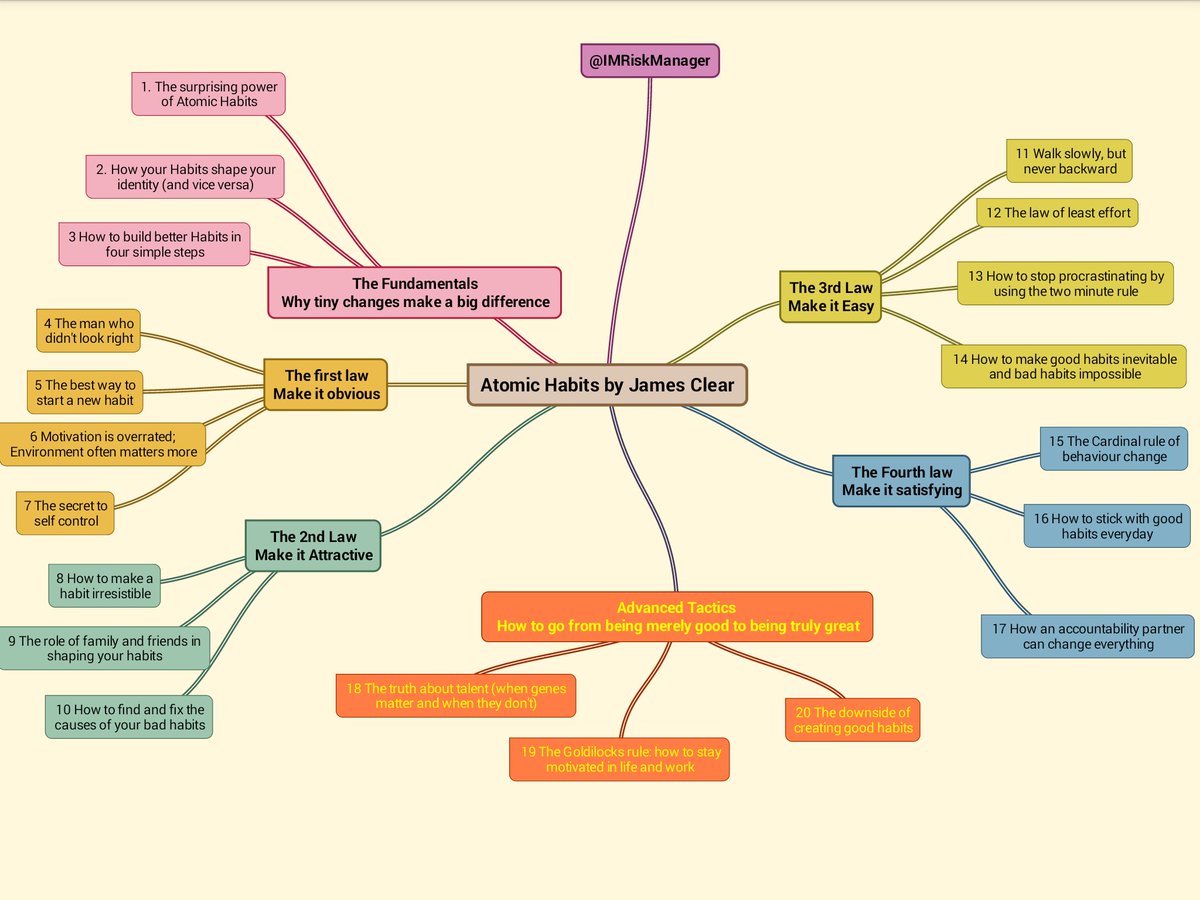(Have initiated a few changes in the routine following the principles of this book, so far so good. Hope they will turn into part of habits)
#WeekendReading
#LearningTogether
Once your pride gets involved, you’ll fight tooth and nail to maintain your habits.
Decide the type of person you want to be.
Prove it to yourself with small wins.
(1) make it obvious,
(2) make it attractive,
(3) make it easy, and
(4) make it satisfying.
Will be sharing chapter wise for better understanding of the context.









